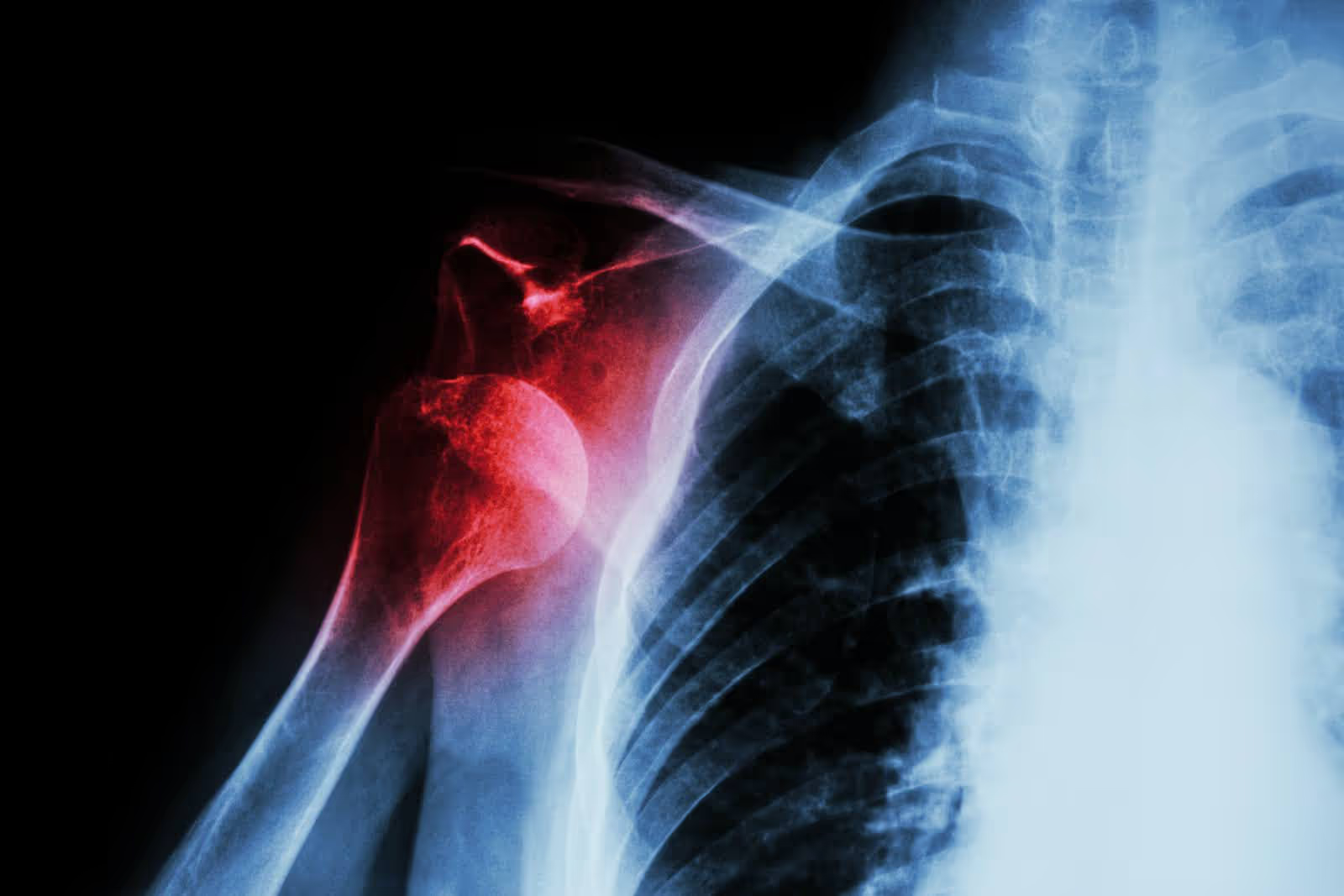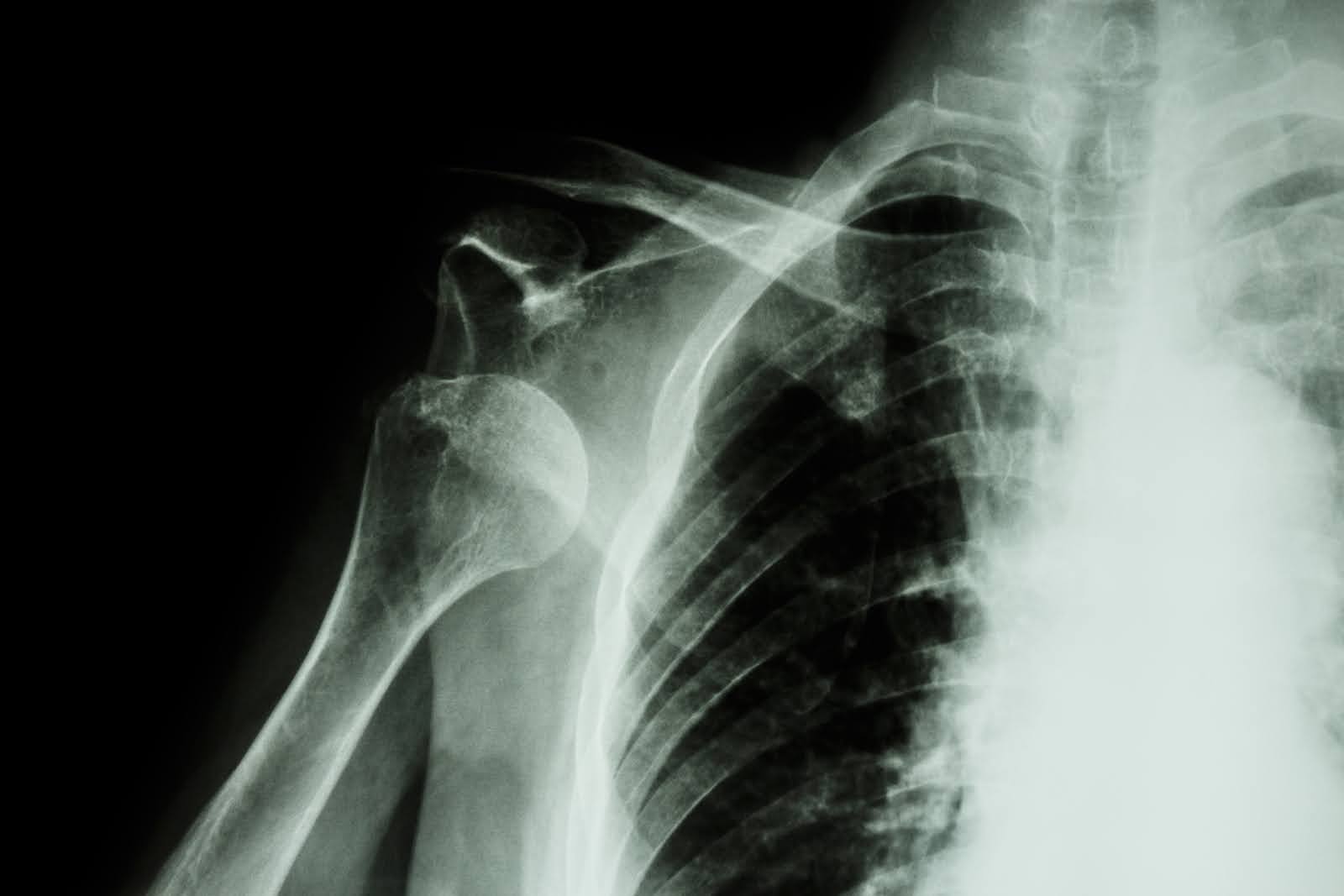
Complete guide to shoulder dislocation: recognize symptoms, understand causes, and learn treatment options. Expert advice from orthopaedic surgeon Mr Toby Baring.

Shoulder injuries rank among the most painful and debilitating experiences a person can endure, with the shoulder being the most mobile yet unstable joint in the human body. This unique combination of flexibility and vulnerability makes it particularly susceptible to injury. According to the medical data, shoulder dislocations represent 50% of all major joint dislocations, making it crucial to understand the warning signs, causes, and treatment options for this common yet serious injury.
A shoulder dislocation occurs when the upper arm bone (humerus) becomes separated from the shoulder socket (glenoid). Unlike other joints that rely heavily on bone structure for stability, the shoulder depends primarily on muscles, tendons, and ligaments to maintain proper positioning. This design allows for an exceptional range of motion but creates inherent instability that predisposes the joint to displacement.
The shoulder can dislocate in several directions, with anterior (forward) dislocations being by far the most common, accounting for approximately 95% of all cases. Posterior (backward), inferior (downward), and superior (upward) dislocations can also occur but are much less frequent and often associated with more severe complications.

Identifying a shoulder dislocation requires understanding the distinctive signs and symptoms that accompany this injury. The presentation can vary depending on the direction and severity of the dislocation, but certain key features remain consistent across most cases.
The combination of these symptoms typically makes the diagnosis relatively clear, though medical evaluation remains essential to rule out associated injuries and determine the best treatment approach.
Understanding what leads to shoulder dislocations helps both in prevention and in recognizing high-risk situations. The mechanisms of injury vary significantly based on age, activity level, and individual risk factors.
Athletic activities represent a major source of shoulder dislocations, particularly in contact and collision sports. The shoulder is most vulnerable when positioned in extreme external rotation and abduction, such as when preparing to throw a ball or block an opponent.
High-risk sports include football, basketball, rugby, hockey, skiing, and gymnastics. The combination of rapid movements, physical contact, and the arm being forced into vulnerable positions creates ideal conditions for dislocation.
Motor vehicle accidents, falls from heights, and direct blows to the shoulder account for a significant portion of dislocations, especially in older adults. Falls on an outstretched arm are particularly dangerous, as the force travels up the arm and can drive the humeral head out of its socket.
Younger individuals, particularly males between 15 and 30 years old, experience the highest rates of initial dislocation due to their involvement in high-risk activities and sports participation. However, older adults face an increased risk of simple falls due to decreased muscle strength and slower reflexes.
When confronted with a suspected shoulder dislocation, the immediate response can significantly impact both short-term comfort and long-term outcomes. However, it's crucial to understand what should and should not be attempted outside of medical settings.
Professional consultation or medical intervention remains essential for safe and effective treatment of shoulder dislocations.

Medical treatment for shoulder dislocation follows established protocols designed to restore normal joint anatomy while minimizing complications and preventing future episodes.
Healthcare providers begin with a thorough physical examination to assess the extent of injury and check for associated complications. X-rays are typically obtained to confirm the dislocation direction and identify any fractures that might have occurred during the injury.
Advanced imaging, such as CT scans or MRI, may be necessary in complex cases or when surgical intervention is being considered.
The primary goal of immediate treatment involves relocating the humeral head back into its proper position within the glenoid socket. Several reduction techniques exist, each with specific advantages and applications.
Post-Reduction Care
Following successful relocation, the shoulder requires careful immobilization and monitoring to ensure proper healing and prevent re-injury. The arm is typically placed in a sling for 1-3 weeks, with the duration depending on patient age, activity level, and risk factors for recurrence.
The healing process following shoulder dislocation involves multiple phases, each with specific goals and timelines. Understanding these phases helps set realistic expectations and guides appropriate activity modification.
During the initial phase, the primary focus remains on pain management, inflammation control, and protection of healing tissues. The shoulder is immobilized in a sling, and gentle range of motion exercises may be initiated for the elbow, wrist, and hand to prevent stiffness in uninjured joints.
Pain typically peaks within the first 48 hours and gradually subsides with appropriate treatment. Ice application, anti-inflammatory medications, and adequate rest play crucial roles during this period.
As acute symptoms subside, gentle shoulder movement can be gradually reintroduced under professional guidance. Physical therapy typically begins with passive range of motion exercises, where the therapist moves the arm through carefully controlled movements.
The goals during this phase include restoring the normal range of motion while allowing damaged tissues to heal properly. Strengthening exercises remain limited to avoid stress on healing structures.
Once the range of motion approaches normal levels, progressive strengthening exercises become the primary focus. This phase emphasizes rebuilding muscle strength and coordination around the shoulder joint to provide dynamic stability and prevent future dislocations.
While many shoulder dislocations heal completely with appropriate treatment, several potential complications can arise that impact long-term function and quality of life.
Recurrent dislocation risk factors:
Associated injuries that complicate recovery:
Most first-time shoulder dislocations heal successfully with non-surgical treatment. However, certain situations may require surgical intervention to restore optimal function and prevent complications.
Surgical indications:
Modern surgical techniques focus on repairing damaged structures while preserving normal joint mechanics. Arthroscopic procedures have become the gold standard for most cases, offering excellent outcomes with minimal tissue disruption.
The choice of surgical technique depends on the specific pattern of injury, patient age, activity level, and surgeon expertise. Success rates exceed 90% for most surgical stabilization procedures when performed by experienced surgeons.
Individuals who have experienced shoulder dislocation must make ongoing adaptations to protect their joint health and maintain optimal function. This involves both immediate activity modifications and long-term lifestyle considerations.
Understanding personal risk factors, maintaining appropriate fitness levels, and recognizing early warning signs of potential problems helps minimize the risk of future episodes while allowing continued participation in desired activities.
The key to successful long-term outcomes lies in balancing protective measures with maintaining an active, fulfilling lifestyle. With proper education, rehabilitation, and ongoing attention to shoulder health, most individuals can expect excellent long-term function following shoulder dislocation.